In addition to the usual crossover entries, Moving Average can be used in other various strategoes for crypto trading. Find out the details below.
In the fast-paced and extremely dynamic crypto market, you would need a reliable trading strategy that is equipped with the Moving Average. There are many strategies that involve the use of Moving Average, so it is applicable in many different situations. While Moving Average strategies are considered quite simple to understand, they can actually bring a lot of improvement to your trades, especially since the crypto market is usually momentum-driven.
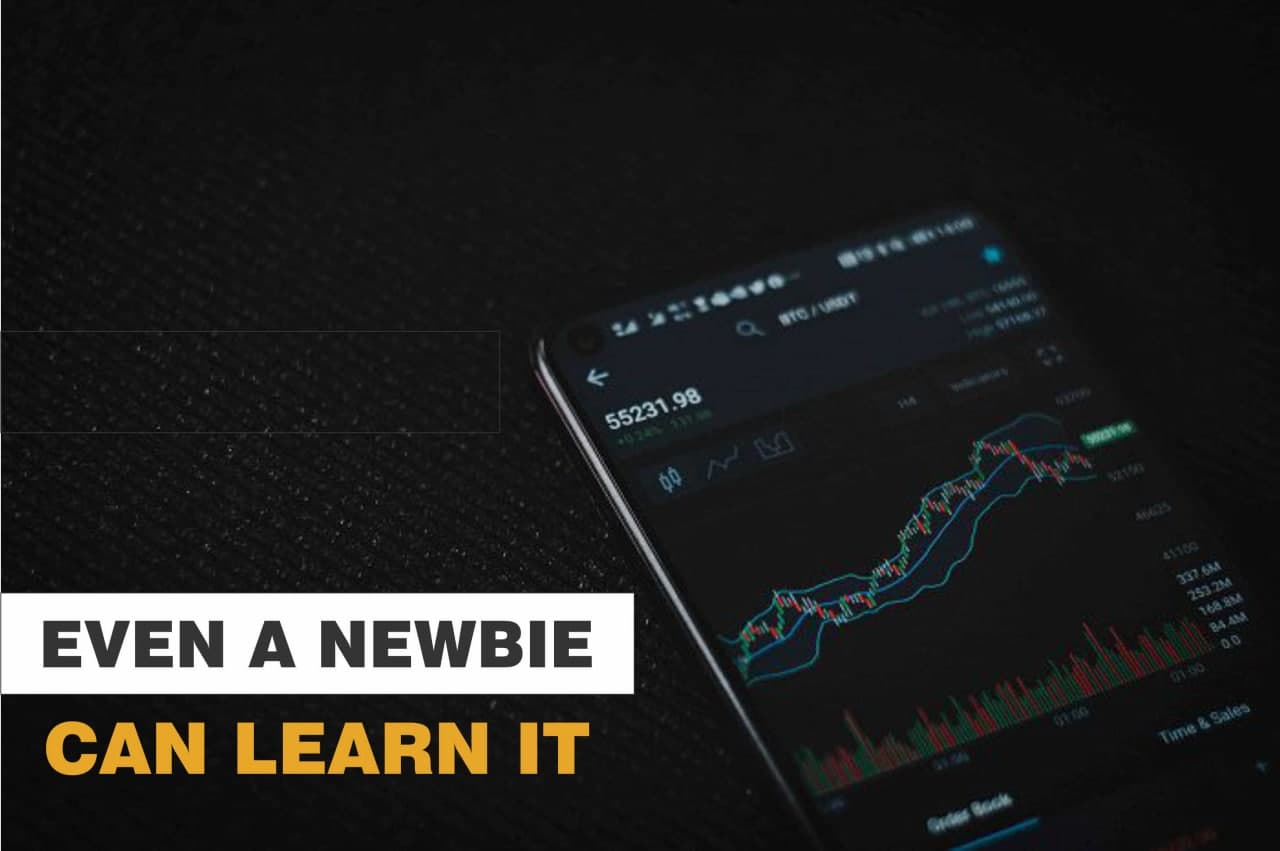
Keep in mind that most Moving Average strategies are universal. It means that it can be applied not only to crypto trading, but also to other tradable assets such as forex, stocks, and more. Therefore, we will lay out the basics of the strategy first before getting into the actual Moving Average application in crypto trading.
Contents
Moving Averages in Trading Strategies
Moving Average is an indicator that calculates the average price of a particular asset over a specified period. The indicator is shown in the form of a line on the primary chart. To put it simply, applying the indicator to the chart will activate a formula that automatically collects the asset's price within a certain period of time and draws the line out of it. By using a Moving Average line, you will be able to identify trend direction in a smoothed visual and determine the dynamic support and resistance levels more accurately.
There are several types of Moving Averages that you can use:
- Simple Moving Average (SMA), which calculates the average of the close price of an asset within a given period.
- Exponential Moving Average (EMA), a "smoothed" Moving Average, which adds a particular share of the current closing price to the previous value. As the indicator gives more weight to the recent prices, this makes it more responsive to the latest data and information.
- Smoothed Moving Average (SMMA), a technical indicator that comprises several Moving Average values so it's like a mix of the two previous Moving Average types.
- Linear Weighted Moving Average (LWMA) is a Moving Average that puts more weight in the recent values. The weighting is calculated by multiplying each of the closing prices within the considered series by a certain weight coefficient.
Using Moving Averages in Crypto Trading
Once you learn about the different types of Moving Averages, now it's time to figure out which setting is the best for you and which time frame can generate the most profit.
The answer actually depends on your trading style. Are you a day trader who only opens and closes positions for a few hours or a swing trader who holds trades for a longer period? If you're a short-term trader then shorter Moving Averages will be more effective. Meanwhile, a long-term trader typically performs better with a longer Moving Average.
See Also:
The easiest place to start is to use the popular Moving Averages. Remember that the market is driven by people, so as more traders use a certain Moving Average and expect a general outcome out of it, then the price action tends to "respect" the consensus and follow it too. This is why it's a great idea to use the simplest and the most popular Moving Average used by traders.
Typically, day traders would use the 9 or 10-period Moving Averages. Swing traders would prefer the 21-period, while long-term traders would prefer the 100, 200, or 250-period Moving Average. These are the general numbers that you need to put into consideration based on your own trading style.
That aside, here's what you need to know beforehand. Using Moving Averages sometimes means that you may hop from one Moving Average type to another. Such behavior is actually normal as there is no certified Moving Average that will always work no matter what. Everyone has their own combination that works for them and it may change over time along with the evolving market dynamics. However, the basic principle is to make sure that you align the Moving Average strategy with your personalized trading approach. These two should not clash in order for the strategy to work.
Moving Average Trading Strategies
If we talk about the actual strategy, there are several options that are commonly used in crypto trading, such as:
1. The Crossover Strategy
Crossover strategy basically involves two Moving Averages. The purpose is to identify when to get in and out of the trade. Typically, this strategy uses at least two Moving Averages: one with a shorter period and the other with a longer period. Then you just have to wait for a crossover. However, since Moving Average is a lagging indicator, it might not show the exact spot of trend change but it can give you the idea based on the trend lines.
Here's an example of a crossover to determine entry or exit points:
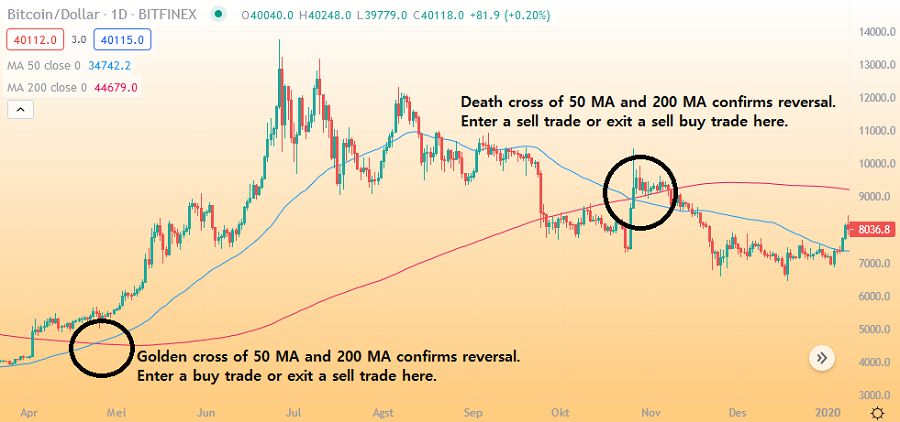
2. Dynamic Support and Resistance Strategy
Another way to use Moving Average is to use them as dynamic support and resistance. It is called "dynamic" because unlike the usual support and resistance line that we know, here the levels are constantly changing based on the recent price action. Let's look at the chart below. Notice that the Moving Average acts as the support level as the price bounces back every time it hits the 50-EMA.
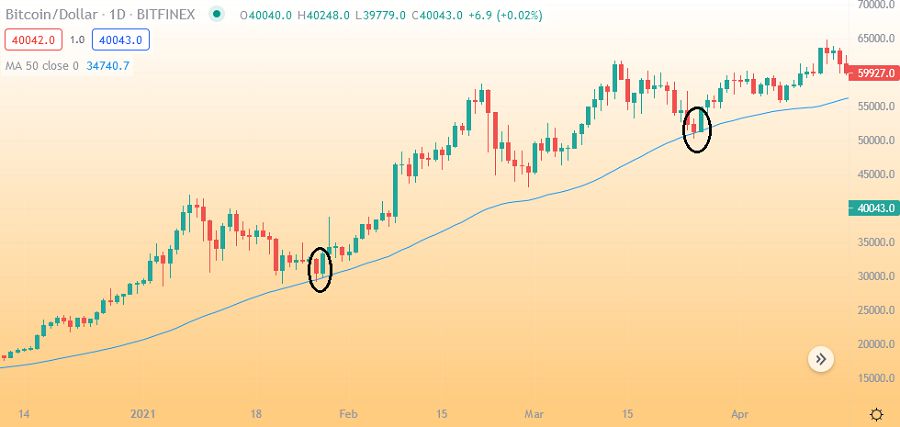
However, one thing that you must keep in mind is that Moving Average won't guarantee that the price will bounce off perfectly from the line every single time. At times it might go over it a bit before heading back to the direction of the trend, and other times, the price might ignore it altogether. So instead of expecting exact bounces from the MA line, it's better to consider it as a zone. This is why some traders prefer to use two Moving Averages and then buy or sell once the price is in the middle space between the two indicators.
3. Multiple Moving Averages
Some traders use multiple Moving Averages for confirmation. When all of the Moving Averages are moving in the same direction, then the trend is considered stronger and more reliable. Once defined, you can either enter or exit the trade when there's a crossover.
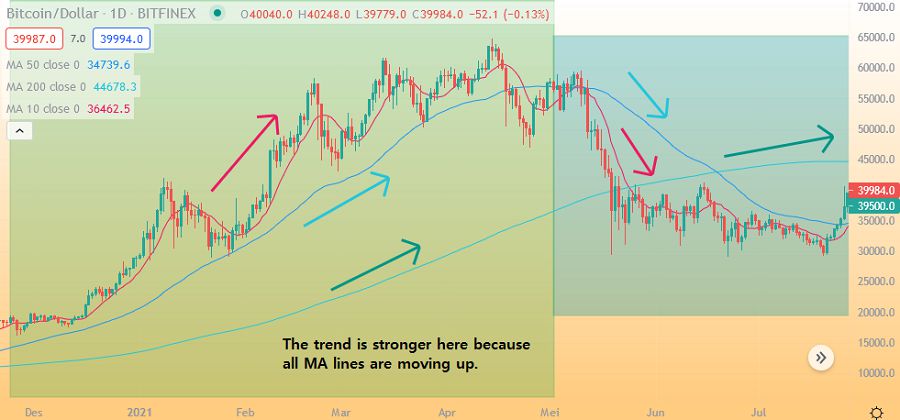
4. 200 day-MA Trading Strategy
First of all, 200-day MA is one of the most common Moving Averages to use because it offers a bigger picture. It gives us long-term historic data of the price action, which can help traders creating a successful trading strategy.
If you want to calculate, let's say, Bitcoin with 200-day MA, you would need to take the closing prices of Bitcoin in the last 200 days, add them together, and then divide it by 200. In order to use it on daily basis, you just have to replace the oldest number with the most recent closing price. Keep in mind that this formula is always the same no matter what time period you use, so you can apply it to shorter or longer periods. You can also use this method with any tradable assets or crypto other than Bitcoin.
Once the setting is complete, you can now analyze and use it to plot out your strategy. First, you can start by identifying the trend direction of the price. If the current price of the asset crosses below the Moving Average line, it indicates a bear signal so you can expect the price to further decline. On the other hand, if the price crosses above the Moving Average line, then it shows that the bull is in action so the price will continue to rise for a while.
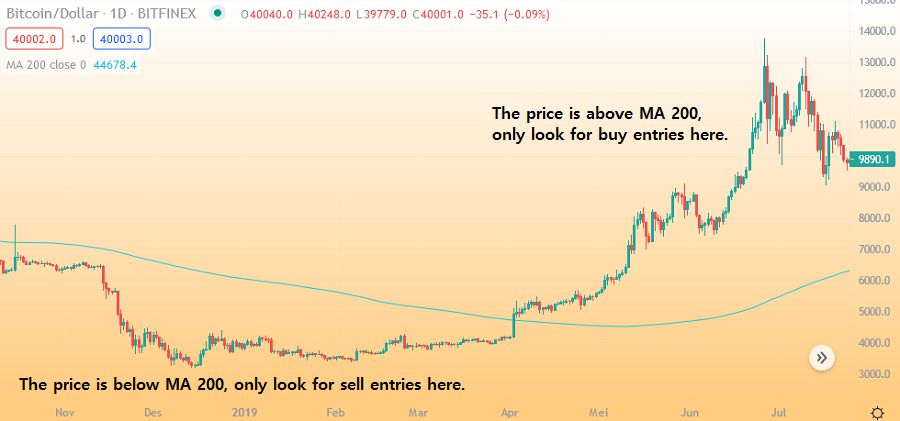
The Bottom Line
It is not surprising that Moving Average is one of the most popular technical indicators used by traders. In crypto trading, you can use the tool to identify trend direction, determine your entry and exit points, and spot support and resistance zones.
Knowing how to use Moving Average is one of the essential skills for all traders as it can help to pinpoint trading signals for better profitability. For more accuracy, it's best to use several Moving Averages at once and combine them with other indicators.

 Dedicated FREE FOREX VPS
Dedicated FREE FOREX VPS Free FOREX Virtual Private Server
Free FOREX Virtual Private Server MT4 Demo Contest, Get $500
MT4 Demo Contest, Get $500 Sign Up for an Account, Claim 60% Deposit Bonus
Sign Up for an Account, Claim 60% Deposit Bonus Free MT4/MT5 VPS 2024
Free MT4/MT5 VPS 2024 Send E-mail and Get Free Merchandise
Send E-mail and Get Free Merchandise $1K Refer a Friend Bonus for Pepperstone Pro clients
$1K Refer a Friend Bonus for Pepperstone Pro clients Maximize Your Earnings with 100% Deposit bonus
Maximize Your Earnings with 100% Deposit bonus Trade to Win, $5,000 Monthly Demo Contest
Trade to Win, $5,000 Monthly Demo Contest Claim 30% + 15% Deposit Bonus from LiteFinance
Claim 30% + 15% Deposit Bonus from LiteFinance
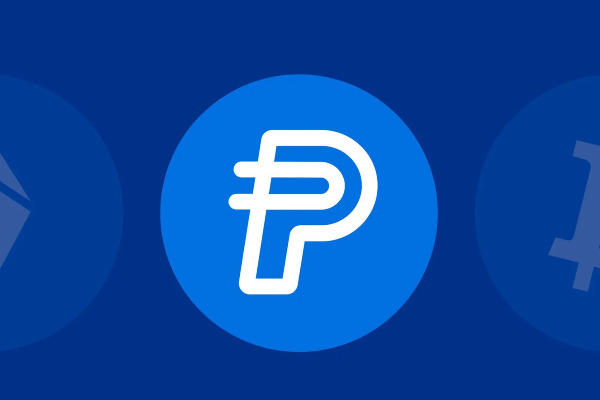
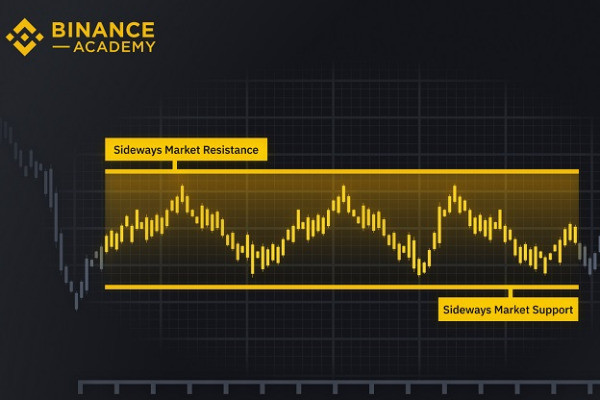
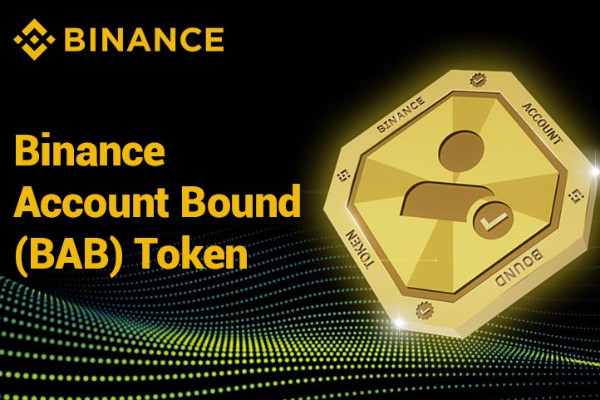

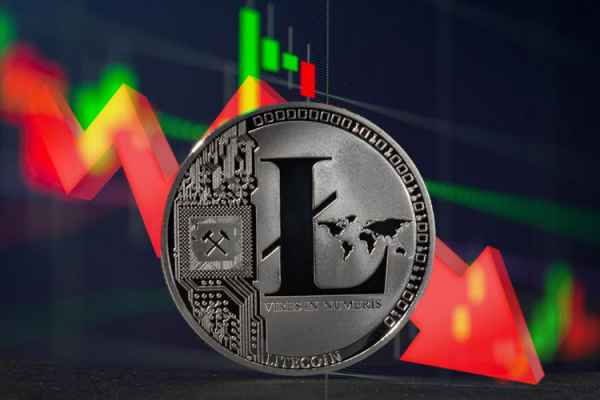

 Bitcoin
Bitcoin Ethereum
Ethereum Tether
Tether BNB
BNB Solana
Solana USDC
USDC XRP
XRP Dogecoin
Dogecoin Toncoin
Toncoin Cardano
Cardano